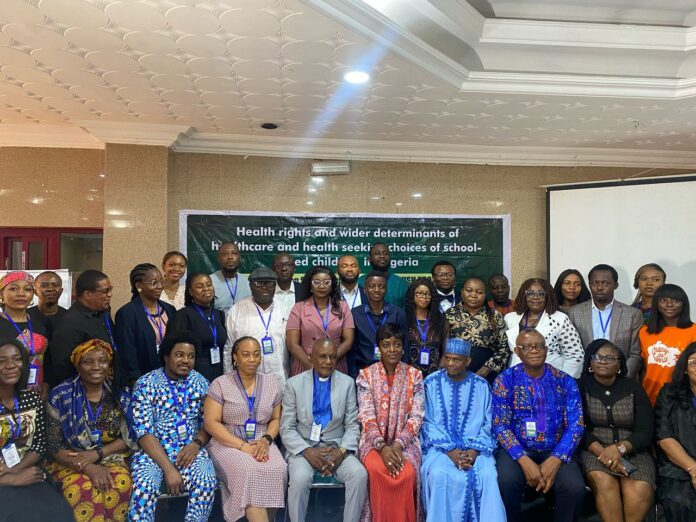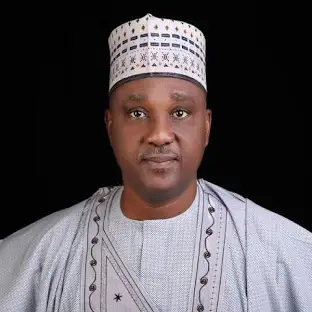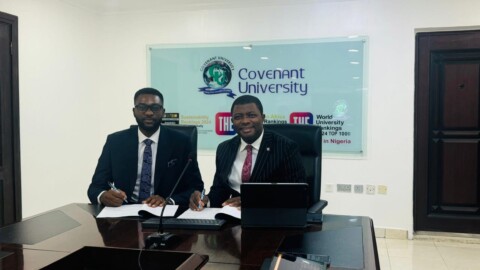Health, education, and policy experts have called for stronger collaboration between schools and primary healthcare (PHC) centres, following new research that highlights alarming gaps in healthcare access for school-aged children in Nigeria.
The call came during a two-day stakeholder meeting held in Abuja from April 9–10. The event was organised by the Health Policy Research Group (HPRG) at the University of Nigeria in partnership with the CHORUS project, and it brought together policymakers, researchers, and representatives from development agencies.
The research, conducted in both slum and non-slum areas of Rivers State under the PUSH Project (Protect Urban School Children’s Health), used surveys, interviews, classroom observations, and focus group discussions involving 408 students and 156 school staff. The findings reveal critical challenges in healthcare provision for children aged 5–17.
Lead researcher Prince Agwu emphasized that while healthcare programs in Nigeria tend to focus on children under five, school-aged children are often neglected—despite being vulnerable to illnesses such as malaria, respiratory infections, and fevers. He stressed the need for targeted policies that truly benefit this demographic.
Agwu also noted that existing frameworks like the Child Rights Act, National School Health Policy, and the 2019 National Policy on Adolescent Health have not translated into meaningful impact. He cited poor performance on global indices such as the Kids Rights Index and Child Flourishing Index, where Nigeria ranks among the worst globally, comparable to war-torn nations.
Dr. Chinelo Obi, who presented the qualitative findings, noted that children in urban slums face multiple health risks including substance abuse, unsafe sexual practices, and harmful traditional remedies. Negative attitudes from some caregivers and healthcare workers also push families toward unregulated care options like patent medicine vendors (PMVs).
Presenting the quantitative data, Ifunanya Agu reported that many schools—especially in slum areas—lack functional sickbays and trained medical personnel. Around 66.2% of students and 60.9% of staff said there were no sickbays in their schools, while 70% confirmed the absence of qualified health workers.
The data showed that when students fell ill:
- 14.5% were sent home,
- 24% had their parents contacted,
- Only 13.5% were referred to PHC centres.
Shockingly, only one student surveyed had any formal link with a nearby healthcare facility.
Other concerning statistics from the study include:
- 88.2% of children said they were willing to report poor healthcare practices but lacked the channels to do so.
- Only 38% of students said their schools monitored the nutritional quality of meals provided.
- 39% of students had never been taught about Nigeria’s healthcare structure (primary, secondary, tertiary levels).
- 41% of school staff admitted to relying on chemists for first aid, while only 13% used PHCs.
Experts concluded that bridging the gap between schools and local health facilities is essential to protect children’s health and ensure they thrive both academically and physically.





